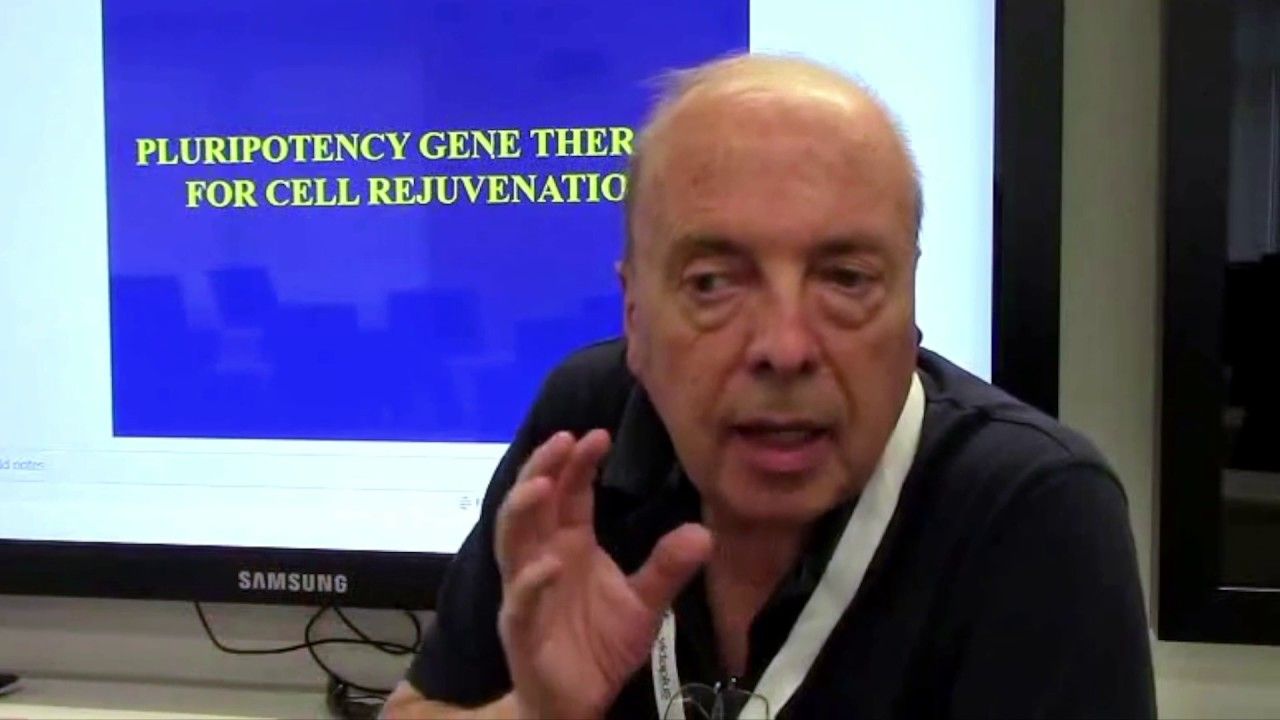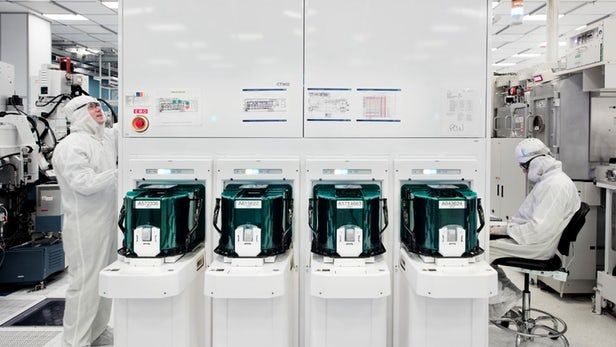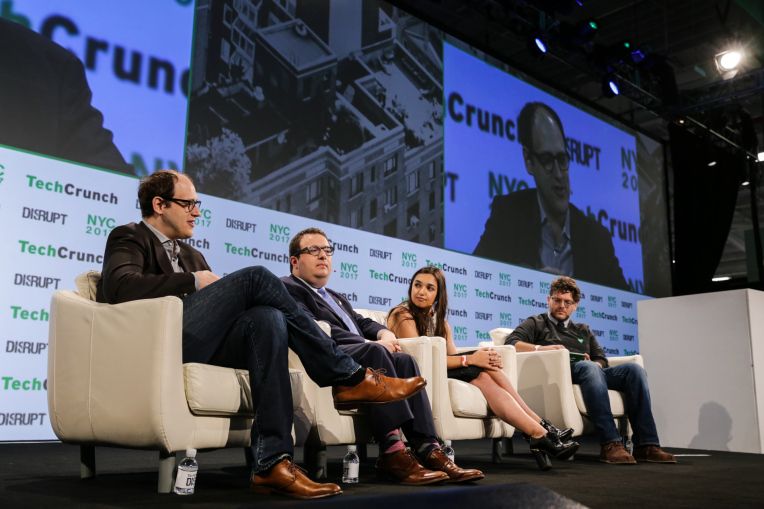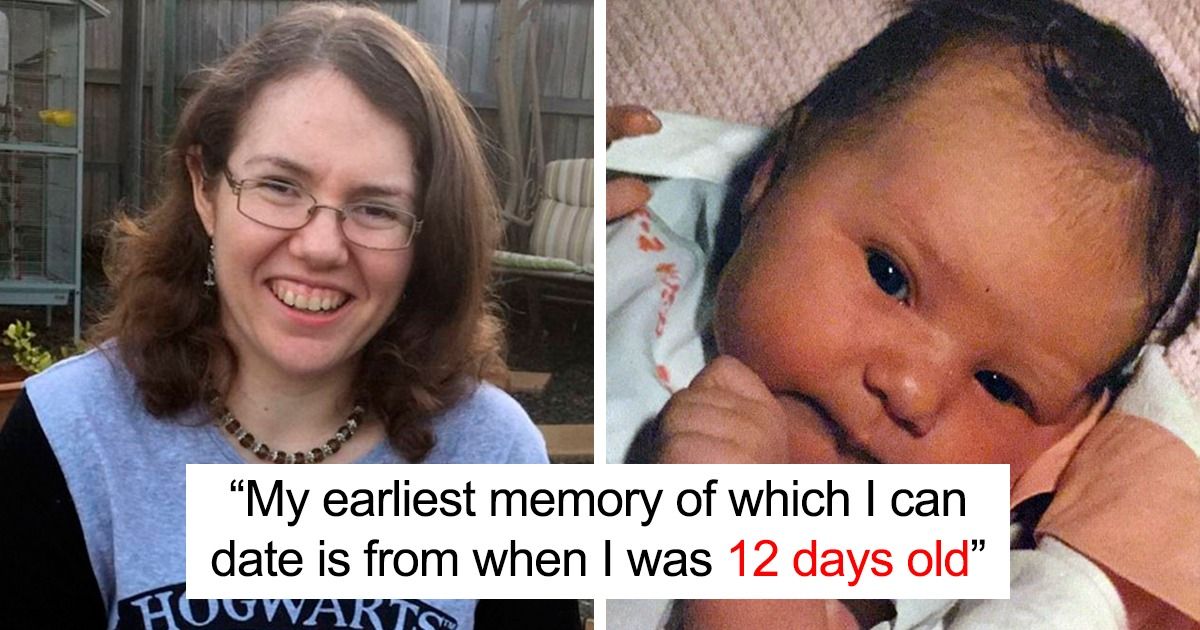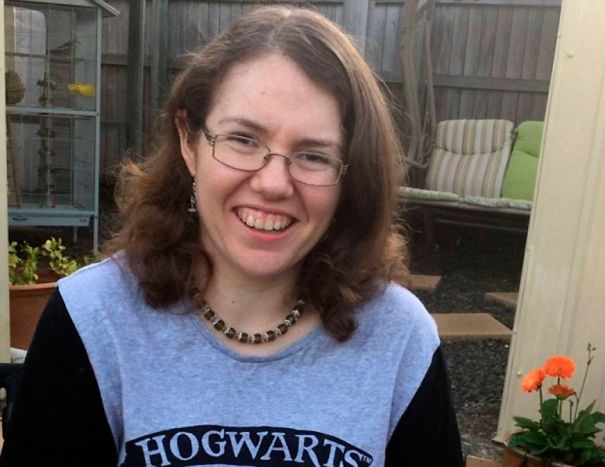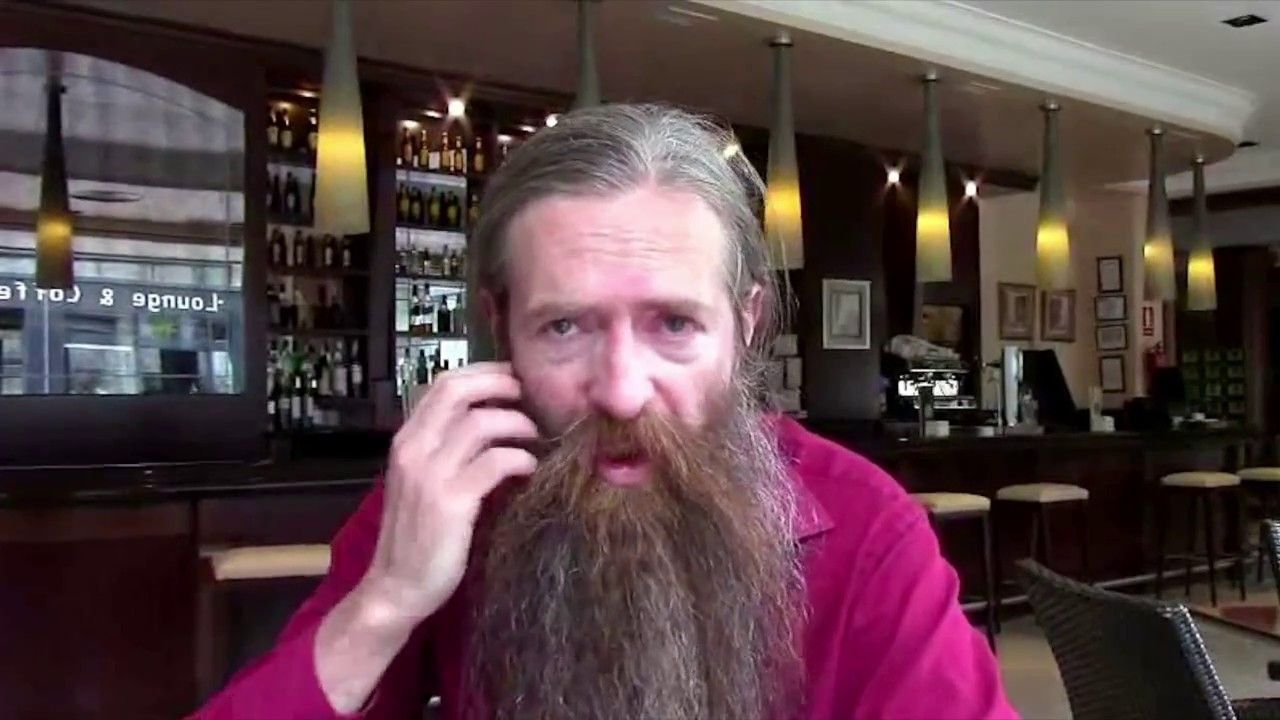While flooding has caused mass evacuations and road closures in Texas and Louisiana, Californians are doing all they they can do make it rain. Last week, for the first time since 2002, Los Angeles County officials authorized cloud seeding with the hope that the technology will force the clouds in their region to produce 15 percent more rainfall.
Cloud seeding is a rain-making technique developed by Bernard Vonnegut (brother of Kurt in 1946. Essentially, it is the process of shooting silver iodide into clouds, which attract water vapors because it shares a similar molecular structure to ice. It then freezes and, when the ice becomes heavy enough and falls, it melts its way down to the surface as rain.
In Los Angeles, the Utah-based company North American Weather Consultants — hired for $55,000 a year — set up land-based generators in 10 locations in L.A. county. These generators shoot the silver iodide up with the hope that the created stormwater will fall in the dams and watersheds within the area.

